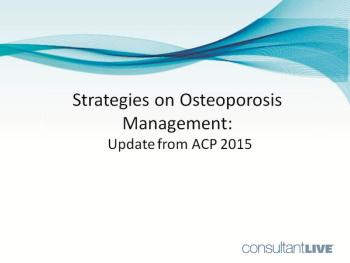
Bisphosphonates, teriparatide, vitamin D, calcium, raloxifene, vertebroplasty/kyphoplasty: here’s the latest on osteoporosis.

Bisphosphonates, teriparatide, vitamin D, calcium, raloxifene, vertebroplasty/kyphoplasty: here’s the latest on osteoporosis.
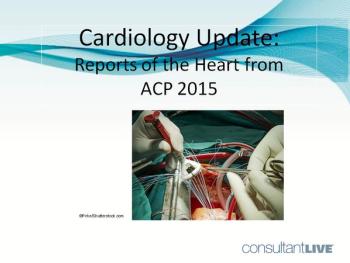
It’s time to rethink aspirin; there’s optimism about the PCSK9 inhibitors; and new help for people with valvular heart disease. What else is new in cardiology?

The drug appeared to reduce the risk in the first study to assess its effects on younger patients with diabetes in the United States.

A nasal spray may help men cut calories, a tango-a-day can help keep CVD away, and taking up Spanish or guitar may help a guy remember his anniversary date.

Exercise boosts both of these functions, regardless of race. Give your male patients more reasons to engage in this healthy behavior.

COPD challenges, asthma in children, smoking deaths-highlights of recent research findings in these key areas of respiratory disease.

The answer might depend on which study group you ask-and when. Facts from 3 new analyses of testosterone in action are presented in the 7 slides that follow.

Research presented at the American College of Cardiology’s Annual Scientific Session and other developments make the news.

Glucagon-like peptide-1 receptor agonists represent a novel class of antihyperglycemic agents that have a cardiac-friendly profile.

Examining ethnic patterns of prevalent geriatric conditions in diabetes may help ensure culturally competent, patient-centered care in an increasingly diverse population.

Researchers are finding some useful answers about migraine treatment and prevention.

At least some of the genes regulate insulin action on sugar uptake. The take-aways: insights into potential targets for diabetes treatment and more hope for prevention.

The risk may be greater in patients who are younger, new to the disease, and receiving few other medications-good information for targeting interventions.

The risk is lowered more in minority women than in white women with a healthy diet, which can play a vital role in prevention.

New therapeutic avenues for improving the synchronization of the body’s various clocks may be opening up.

The odds of children becoming overweight go up with sleep-disordered breathing and short sleep duration, underscoring the need for early identification of these risk factors.

The risk of new-onset obstructive sleep apnea appears to be greater in persons who have asthma. Treating one may help the other.

Maintaining tight glycemic control in older diabetic adults who are in poor health can do far more harm than good, according to results of a new study.

Sleep and the circadian system play a key role in cardiovascular health and antitumor activity. While disrupting sleep patterns, night shift work also increases the risk of mortality.

Previous studies have shown a link between sleep stages and mental decline. This is the first to show that certain sleep features are related to brain changes.

A new study suggests that DNA fragmentation and progressive motility may be more accurate and consistent predictors of sperm quality than traditionally measured traits.

Results of a new large study may offer some clarity in an area replete with conflicting findings from small studies in older men or registry studies in special populations.
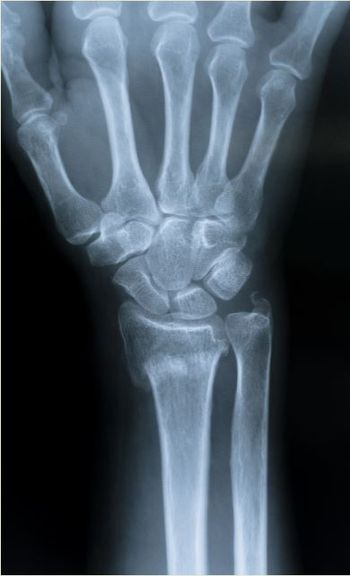
Current screening and treatment practices are inadequate, according to the lead author of a new study, particularly as fragility fractures among men are projected to increase 3-fold by the year 2050.

A 62-year-old man has moderate to severe leg pain after playing 36 holes of golf. The pain originates from the lumbar spine and radiates into his lower extremities. What is the best course of treatment?
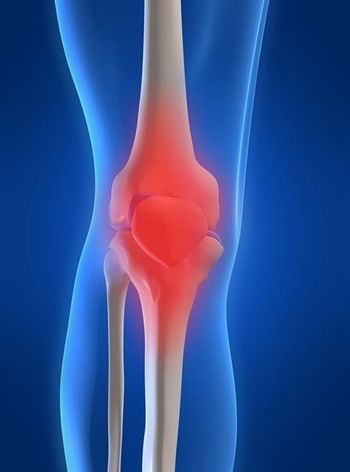
A 45-year-old man with knee pain has medial osteoarthritis, and you prescribe NSAIDs. He plans to attend tennis camp. Do you recommend he wear a brace?
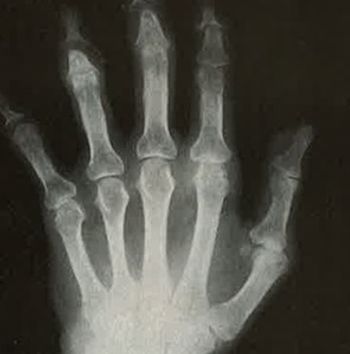
A 56-year-old woman presents with persistent pain and tenderness in both hands. A workup reveals she has erosive osteoarthritis. Which factors are most strongly associated with increased pain?

It's not a new formula, but the study was large and the results significant: almost 4 of 5 MIs may be preventable in men who adhere to 5 healthy habits we're all familiar with.

Sperm concentration, total sperm count, and percentage of spermatozoa with normal morphology are compromised. Whether semen quality is restored if alcohol intake is reduced remains to be seen.

The key to reining in this trend is to link this group to health services as early as possible. The key to linkage, in turn, is testing. A new study finds room for improvement in meeting CDC testing coverage recommendations.

Men who feel stressed are more likely to have lower concentrations of sperm in their ejaculate and impaired sperm quality, which could be associated with fertility problems, according to a new study.